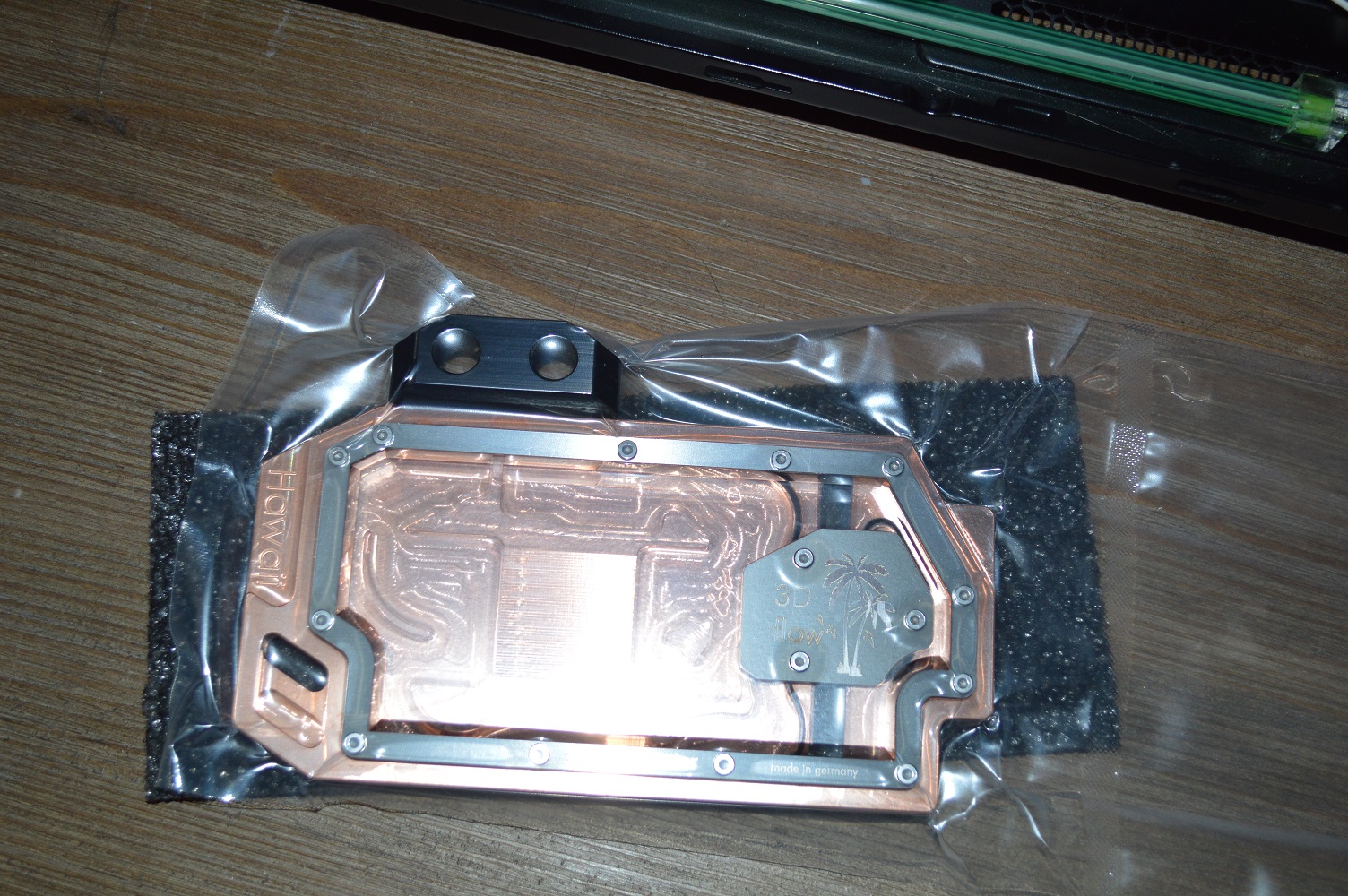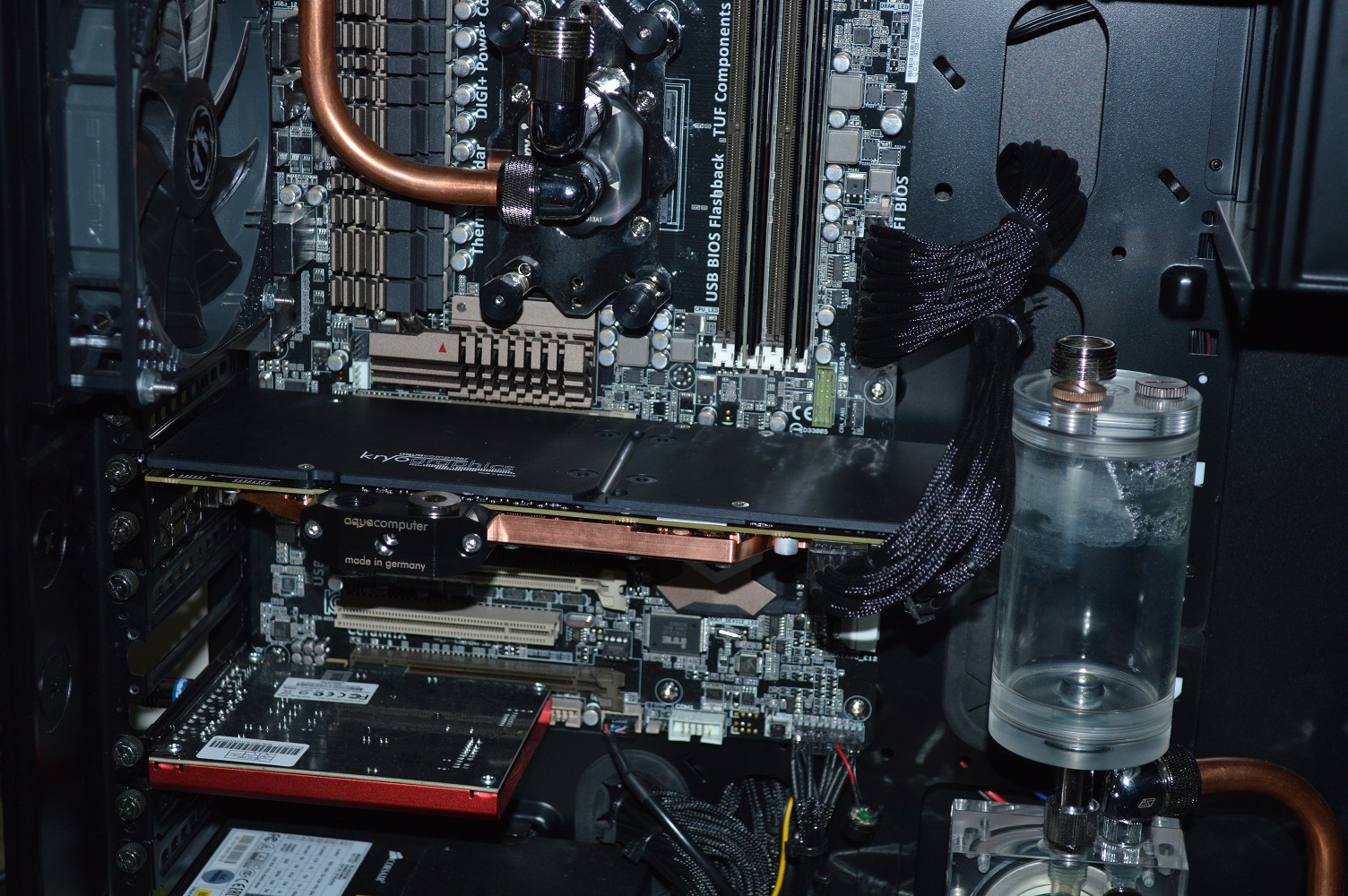Let’s play a game called “how many women can I piss off with this article?” Prompting this latest match is the article on Yahoo! Style called “11 Things a Good Guy Will Never Ask You to Do” by Denise Ngo. I may skip over sections with which I hold agreement for the sake of brevity — especially since on the other sections I’m bound to not be brief. Let’s begin.
1. His Laundry
Pairing your socks isn’t exactly our idea of a stay-at-home date, nor does living with you make us a 1950s housewife. A good compromise is for one partner to sort and start the laundry and the other to fold and put it away. Plus, studies show that helping around the house increases a man’s chances of getting laid. So, how ‘bout that pile of dishes? If you clean up the sink while we tackle the living room, we’ll get to the bedroom twice as fast.
Compromise is whatever you and your husband or significant other make it out to be. Compromise is a necessary part of any relationship, and dividing chores is part of that compromise. Part of that compromise means that the regular laundry may fall to one person just as other regular chores may fall to the other. As such, a “good guy” may negotiate the chores arrangement such that you will be doing his laundry along with yours. As laundry can, at times, be an arduous task, make sure to negotiate for him to pick up two or three other smaller chores in exchange for that one.
At the same time, though, do not use sex as a motivational part of that negotiation. Once you start successfully doing that, you will likely find that you could use sex to get what you want. And once he becomes aware or suspicious that you’re doing that, he’ll be more likely to stray.
Compromise is a good thing, but sex should never be part of that compromise.
2. Buy gifts and cards for other people on his behalf.
We’ll help when we’re out with you, but no, we won’t make a pit stop at Hallmark and Laura Ashley while we’re shopping with the girls. Just because we’re women doesn’t mean we’re automatically adept at figuring out your Aunt Martha’s dress size.
This item has so many exceptions it’s ridiculous.
If he already knows what to buy for a family member and where to get it, and you happen to be going there or will be in the area, don’t be offended if he asks you to pick it up for him. It’ll save him the trip — and the time and gas that goes with it — and he might think of some way to thank you for it.
Obviously we’re not going to expect you to know what our family members will like, or what clothing sizes they take — and any guy who expects you to just magically know or just intuitively select the perfect gift for one of his family members should be kicked to the curb, but again there are exceptions. If you’ve spent a decent amount of time conversing and visiting with his family members, don’t be surprised if he asks your opinion on a gift, or, Lord forbid, even asks you to select something. But, should that occur, it should be given as a gift from both of you instead of just from him.
But then if you two are a couple, any gift you give to others will be assumed, if not expected, to be from the two of you.
3. Plan an entire vacation without his help.
When we ask you whether you’d rather spend our anniversary in Cabo or Vermont, we want you to express an actual preference, not to say, “Whatever, I’m happy with what makes you happy.” The same goes for the hotel, the airline, and the restaurant reservations. Letting us take the reins isn’t considerate, it’s just lazy and boring. Instead, make sure to divvy up the planning. We pick the location and hotel; you plan the activities.
Letting you take the reins in planning the vacation is quite different from asking you to plan the entire thing. But here’s the thing: he genuinely may not care about where you go. I really hope that doesn’t seem like a foreign concept.
One thing that drives my wife up a wall at times is when we’re going out to eat and she’ll ask my opinion on where to go. Typically my response is “whatever is good for you”, mainly because I genuinely do not care. And I’ve said that to her numerous times. I don’t do that to be lazy. We’ve been together long enough that she’s learned to instead ask if my preference is to sit-in or grab and go, but that I don’t really care where we go to eat, as unless I’m in the mood for something particular, I’ll be able to find something on the menu that’ll do just fine.
Now that’s just eating out, not an entire vacation. At the same time, it still applies.
Don’t be offended if it seems like you’re doing the majority of the planning, or think we’re somehow not a “good guy” because we’re not chipping in our opinion as often as you’d like, because we may not actually have an opinion on the matter. We may genuinely not really care about the specifics of a vacation.
In the last real vacation my wife and I took together, which was almost 8 years ago, I did most of the planning — in part because the expenses were going to be coming out of my bank account (we weren’t actually married yet). Sure we both selected the destination as we wanted to go to Busch Gardens in Williamsburg, VA, and spend a few days out there. Aside from that, the specifics on where we stayed, what vehicle we rented to get out there, and the like, were entirely on me because my wife didn’t really care about those specifics — and your significant other may not care either.
But then, if you’re engaged or married, you should already know that.
And if you’re still dating but not quite heading to the alter, this is a good opportunity to see how compatible you two really are. True that he should at least help you decide the destination and should contribute an opinion every now and then. But if the vacation is your idea, don’t be surprised or offended if you end up selecting most of the specifics. Also at the same time, again, he may not care about the specifics, something that can work quite well to your advantage when planning things.
Yes I know I’ve repeated that phrase several times, but then it seems like something some women just don’t actually get. They expect men to think like women, to care about things the same way they do, to have opinions on matters they care about, when we just genuinely may not give a shit. And if your guy is actually telling you “whatever makes you happy”, it likely means he truly doesn’t care and will go along with whatever you plan — within reason of course.
Want to snap him into actually helping you with the planning? Plan something unreasonable. But then that could end up backfiring, as doing something like that could also erode his trust in your ability to make sound, reasonable decisions.
4. Make him a sandwich.
Oh this old canard has rooted it’s ugly head again:
The refrigerator is 10 feet away and your game control has a pause button, so get up, stretch, and slap that ham and lettuce together by yourself. We don’t care if you’re “in the zone,” because apparently, you were out of it long enough to articulate your immediate need for a nibble. Maybe we’ll consider it if you agree to break from the game for 20 minutes, put on some coffee, and enjoy your afternoon snack with us.
Question: do you feel any qualms about asking him to make you a sandwich? If no, then shut up!
The only way this point is valid is if he’s rarely making his own snacks. But asking the other to do something, even something as innocuous as making a sandwich, is part of living together. It doesn’t matter if you think we could just hit the pause button and get up and do it. It’s about the same as in point 2 where you may be asked to do something simply because you happen to be in the area.
Now if you don’t want to do it, say so! A “good guy” won’t hold that against you. He’ll just wait till he reaches a good stopping point and do it himself.
And saying that you’ll “consider it if you agree to break from the game for 20 minutes” isn’t what’s being asked. He is asking you so that he doesn’t have to break from the game. And if you’re going to get offended at being asked to do something, even something as innocuous as preparing a snack, perhaps you need to reevaluate your perspective.
After all, have you ever asked him to make you a snack or fetch you a drink so you wouldn’t have to break from reading your book? If you’re going to ask it of him, expect him to ask it of you. At the same time, if he asks it of you, feel free to ask it of him as well.
5. Change your relationship status on Facebook.
We believe our life outside of the Internet should speak for itself. On the off-chance that we break up, wouldn’t you rather tell your close friends in person, rather than have that ever-present broken heart appear on 500 people’s newsfeeds? Well, we would, so don’t even ask us to include our relationship status on Facebook in the first place.
Yet at the same time, many women get offended when their guy doesn’t change their relationship status on Facebook to show that they’re “taken”. I’ve even seen it on lists of how to tell if your guy is “committed”. Just Google the phrase (without quotes) “he won’t change his relationship status on Facebook” to see the hypocrisy behind this notion.
Ladies, if you expect us to do it, don’t get offended if we want you to do it as well.
And one other thing: do you actually know 500 people? Clean out your Facebook friends list. This goes for both of you!
Good God, the only people that should be on your friends list are people you’ve actually known at some point. Not people you merely interacted with, or someone you’ve heard of because they’re friends or family of people you do know, but people you genuinely know. Before accepting or making a friend request, you should be able to answer, without much hesitation (hey, even at 34 my memory is sometimes a little slow) how you know that person. If you can’t answer that question, you shouldn’t link up with that person on Facebook.
Which means if you have enough people on your Facebook friends list to occupy the small town where I went to college, you have way, way too many. I can say to a reasonable degree of certainty that you do not know all the people on your Facebook friends list if you have that many. So clean it out!
6. Be his wake-up call.
If we wanted a newborn, we’d just pierce the condom. Kidding! But really, buy an alarm clock. Remembering a man’s nap and wakeup schedule should be an occasional favor, not an everyday obligation.
Let’s go back to point 4 about being asked to make a sandwich as what I said there applies here as well. It’s basically the same thing: both should be an occasional favor and shouldn’t seem like a burden or obligation. At the same time, the inclusion of this item in the list makes it sound like asking it even once or twice is reason to not consider him to be a “good guy” since the title of the article does say this is something a “good guy” will never ask you to do.
7. Take care of his drunk friends.
We’ll help them hail cabs or drive them home, but our couch really shouldn’t be a post-happy-hour crash pad.
Remember, this goes both ways. Don’t expect us to harbor your friends when they get wasted. But at the same time, understand why they may be staying overnight.
Back in college, my roommate and I had a group of mutual friends. They took him out for his 21st birthday — I hung out with my girlfriend — and he came back a little sloshed. I said to one of our mutual friends to keep him the next time it happens because of the racket he made coming in late. Thankfully there wasn’t a need for that to occur as he never went out drinking to that extent again during that academic year.
Going to skip 8 and 9 since I don’t have anything to add to them. The only thing to say is to just remember that those items also go both ways, much like most of the previous points.
10. Lose weight.
Time to tread lightly…
We’ll tone up for health purposes and for ourselves, but if you’re really concerned about the 5 lbs we gained over the holidays, don’t flat-out complain that we’re getting flabby. Instead, invite us to go biking with you or to take a yoga class together. Treat exercise as a fun activity we can do together instead of something we should do just for you.
Let me first point to two other articles I’ve written about this: “Divorcing over weight gain” and “Reply to Ragen Chastain“. Needless to say, there are exceptions to this — major exceptions to this.
My wife is overweight — obese, actually, by medical definitions. She’s gotten the “you need to lose weight” statements from her nurse sister, nutritionist mother, and also from doctors. We now know that there are underlying health concerns that contribute to her weight, and they are being addressed.
That said, the “if you’re really concerned about the 5 lbs we gained over the holidays” remark is situation specific.
If it comes during a string of weight gain, we have every reason to be concerned. If you went from 120 lbs when we first started dating and that extra 5 lbs is on top of an additional 40 lbs of weight you’ve gained in the interim, we not only have every right to be concerned, but every right to point it out.
Now this is provided you weren’t rail thin at 120 lbs. If we could see outlines of bones against your skin and now we can’t, yeah we shouldn’t complain about an extra 5 lbs, provided, again, that extra 5 lbs isn’t on top of an already unhealthy weight.
If you went from rail thin or a healthy weight to overweight, and added 5 lbs to that, that is reason to complain or be concerned. If we have reason to believe it to be a symptom of an unhealthy trend, we have reason to complain. If we invite you to fitness classes or biking trips and you refuse to join us, then we have even more reason to complain.
But, as I said in “Divorcing over weight gain”, that only holds true if he has kept his weight in check.
11. Keep our hair long.
Trust us, short hair is cute, fun, and just as feminine as back-length hair. Just look at Halle Berry, Audrey Tautou and Keira Knightley, circa 2005. It’s not as if we’re going to shave it off or sport one of Rihanna’s hairstyles, but even if we did, we hope you’d find us just as attractive.
If you want to keep your hair short, there’s really only one thing you need to discuss: maintenance. Shorter hair is much easier and less expensive to maintain, requiring less shampoo and conditioner along with less time in the shower. Now in the cost aspect we’re not talking about significant savings — perhaps a couple dollars a month depending on what shampoo and conditioner you use.
But on time the savings can be significant, especially if you have a finicky water heater or one that’s not really all that large and can be drained quickly. This means he may not have to wait nearly as long to jump in the shower, or if he’s typically quick anyway, it’s a better chance he’d have more than enough hot water available if he does. And if you shower together on the weekends, it can mean more time to just sit under the hot water together (depending on shower layout, of course).
The weight of longer hair can also contribute to headaches or exacerbate any scalp concerns.
Let’s directly address this notion: “It’s not as if we’re going to shave it off or sport one of Rihanna’s hairstyles, but even if we did, we hope you’d find us just as attractive.” You can hope all you want, but it may not happen. And if you expect that he’ll still find you attractive despite what could be a drastic change in appearance, hopefully you’ll do the same if he drastically changes his — provided you don’t first jump to the conclusion he’s cheating because of his drastic change in appearance (yes, I read those articles, too).
Again, much like the rest of this article, what you expect from your guy you’d better be open to him expecting of you.
How your hair is kept is more important than the length. As such, Audrey Tautou isn’t really a good example of a woman who looks attractive with short hair, in my opinion. All of the pictures I’ve seen of her with short hair don’t shine well on her simply because her hair is naturally wavy, and naturally wavy hair always looks better longer — I’ve yet to see an example of that not holding true, and the wavier the hair, the worst it looks when kept short unless it’s styled. Which brings me to Halle Berry. Her hair has a wave or curl to it, but she has typically had her hair styled, and keeping hair styled can get costly quickly. And she’s also almost always had short hair — anyone know of a time when that wasn’t true?
Keira Knightly‘s hair is also typically straight or pretty close to it, making it easier for her to keep it short or long and still look great, and she’s worn it both straight and long over the years as well. Jena Malone‘s hair is similar as well because it is straight.
Rihanna‘s styles over the years have been touch and go, I’ll admit. She’s had some nice hair styles, and some that were… questionable. So if you wanted to sport one of her styles, I think you’d have to be specific on which style you wanted to wear.
But getting back to the original point, a “good guy” may ask you to keep your hair longer. Longer hair is considered more attractive. My wife used to keep her hair really long. And I didn’t chide her for wanting to cut it short back in 2006 and keep it that way. She had very good reason for wanting to take her hair down a couple feet — yes it was long enough they were able to take off 27″ for donation and still keep it what we both felt was a reasonable length. She didn’t want to go super short, and I didn’t want her to take it that short either.
What would make him not a “good guy” is if he obligates you to keep your hair long.
And that’s kind of the thing about the title of the article. A “good guy” may ask or request numerous things of you, even things you may not want to do. What he will never do is force you to do them or obligate you in some other way. Plus whatever you request of him you’d better be ready for him to request of you.












You must be logged in to post a comment.